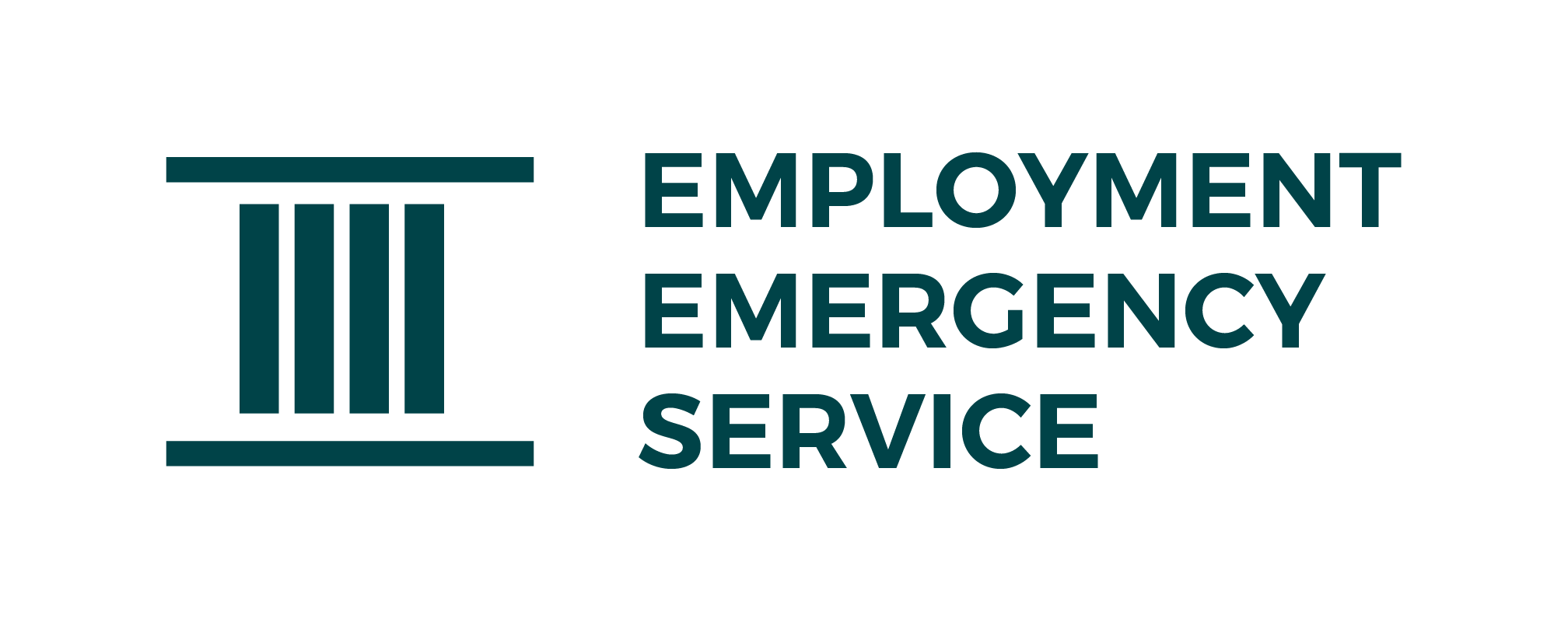The Equality and Human Rights Commission (EHRC) has published new technical Guidance on Sexual Harassment and Harassment at Work.
The EHRC is clear that all employers have a duty of care to protect their workers and will be legally liable for harassment in the workplace if they have not taken reasonable steps to prevent it.
The guidance offers a legal explanation and practical examples of how to tackle and respond effectively to harassment, including:
- definition and examples of harassment and victimisation
- the effect of harassment in the workplace
- employer’s responsibilities
- how your employer should prevent and respond to harassment
The new guidance follows the EHRC’s report Turning the tables: Ending Sexual Harassment at Work on 27th March 2018, which identified issues relating to harassment by customers and clients, harassment by managers or senior colleagues, and barriers to reporting including a lack of employer action and fear of negative consequences.
The guidance is not a statutory code. This means that although an employment tribunal is not obliged to take the guidance into account, it can still be used as evidence in a claim.
The guidance considers sexual harassment, harassment of LGBT people, and harassment related to sex, race, religion or belief, age and disability. It provides useful examples of behaviour that would constitute harassment, and an explanation of the relevant legal tests, for example when conduct will ‘relate to’ a protected characteristic.
The protected characteristics are age, disability, gender reassignment, race, religion or belief, sex, sexual orientation, marriage and civil partnership, and pregnancy and maternity. There is also very helpful guidance on protection against victimisation and examples of what would amount to a detriment.
Under the current legislation, your employer would not be liable for harassment committed by a worker in the course of employment if they can show that they took all reasonable steps to prevent it. The guidance considers how to assess whether or not a step is a reasonable one, for example by looking at how effective it is likely to be, as well as the time, cost and potential disruption it might cause.
Your employers is under an ongoing duty to review the steps they are taking to prevent harassment, including asking the following questions:
- Are there effective policies and procedures in place?
- Are all workers aware of policies?
- Is the effectiveness of policies evaluated (for example through staff surveys or centralised records of complaints)?
- How are warning signs and risks of harassment in the workplace identified?
- What training on harassment should be provided, and how often?




